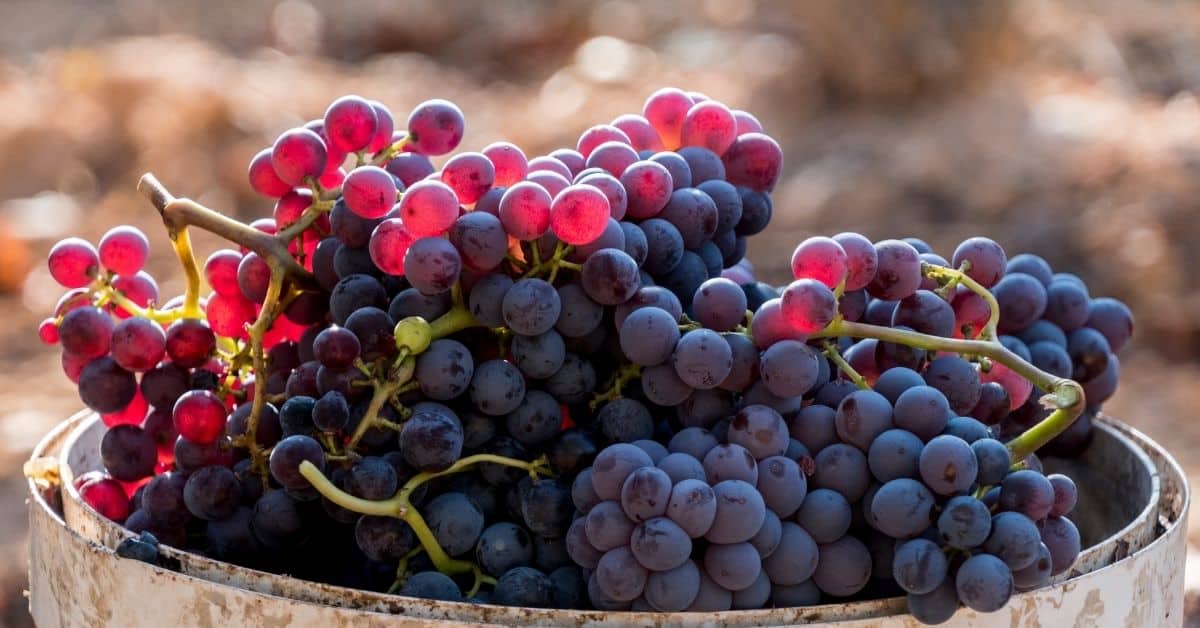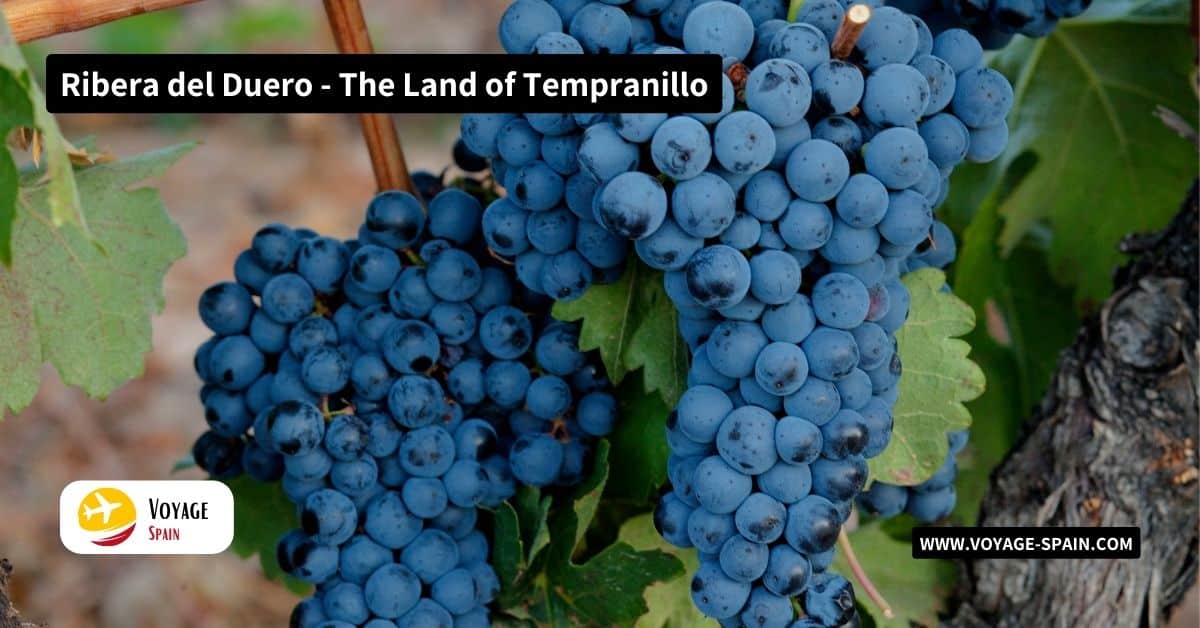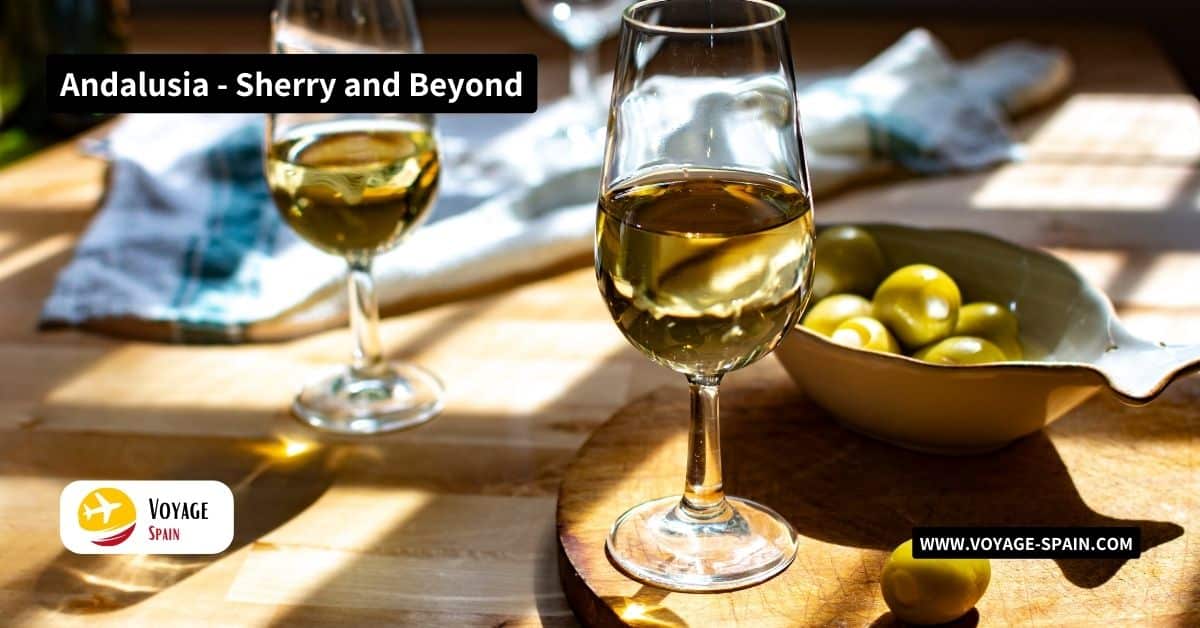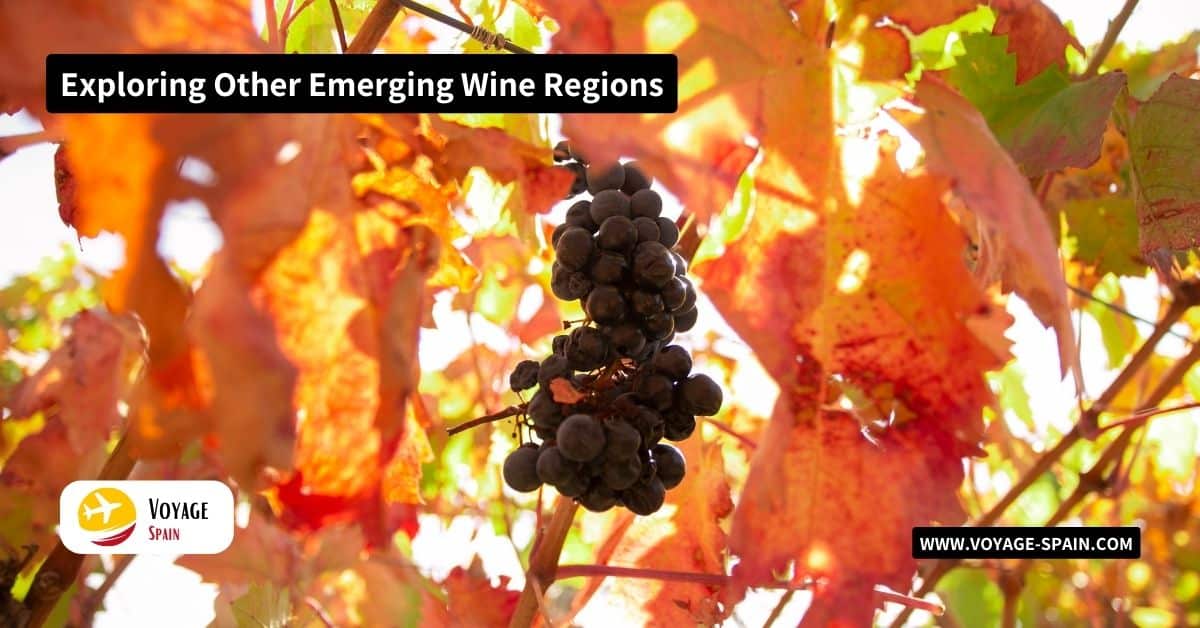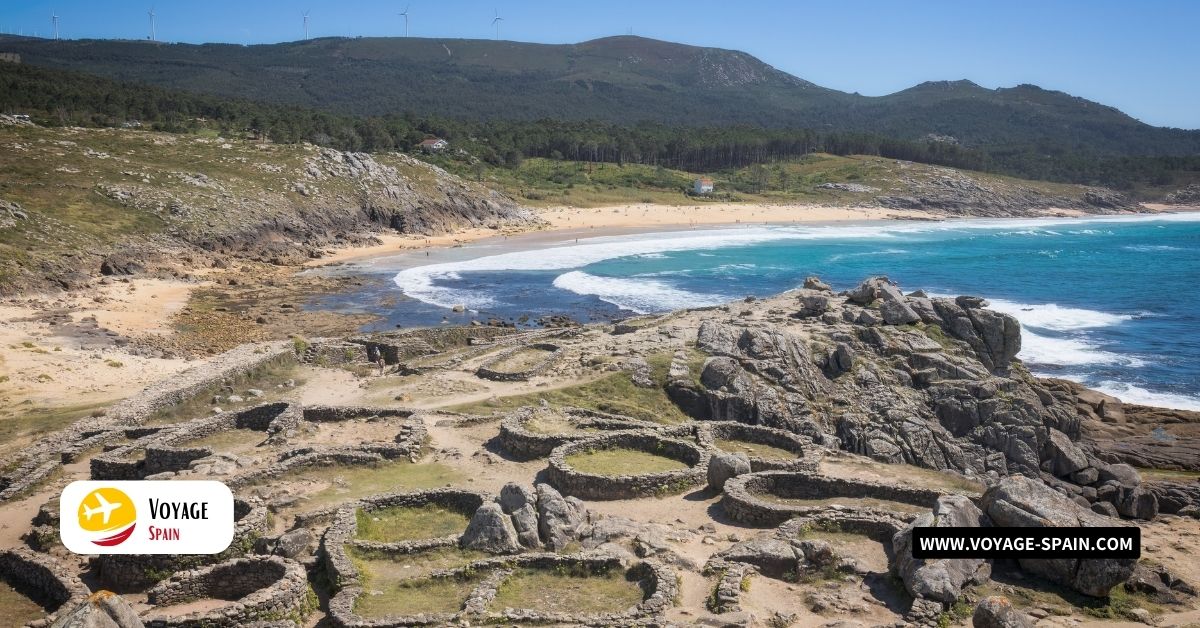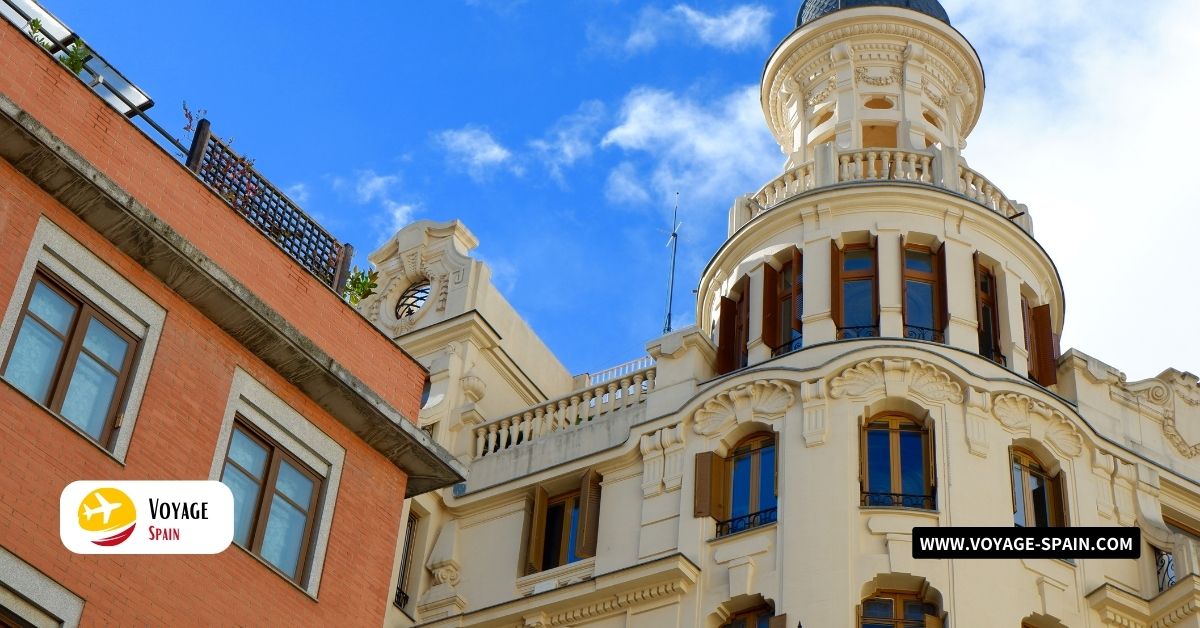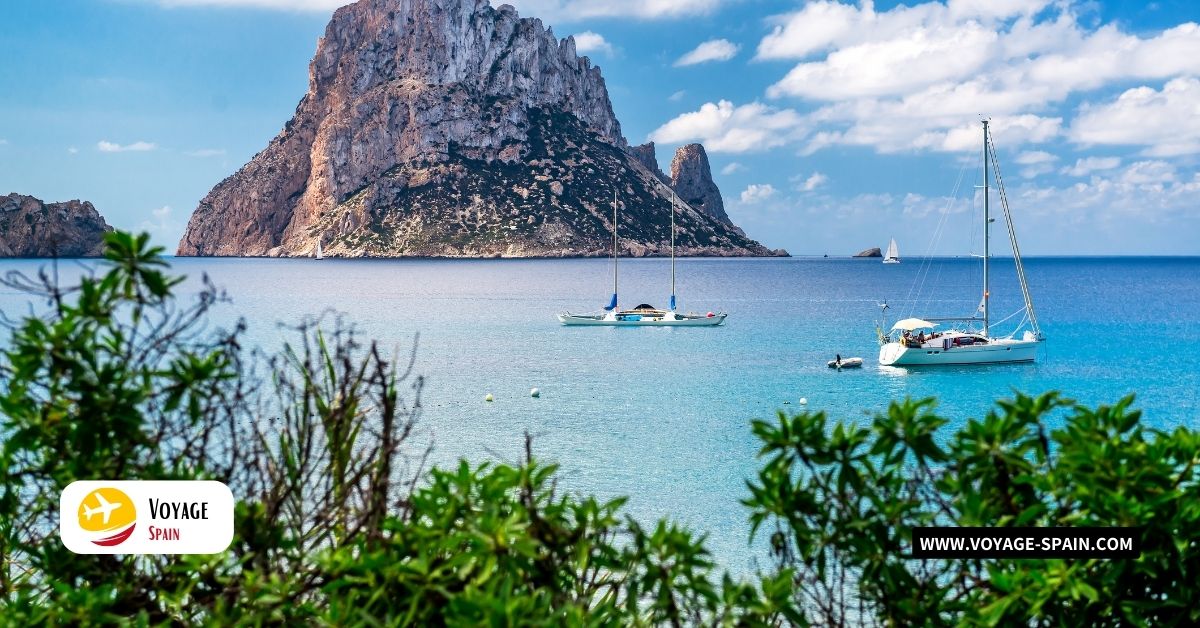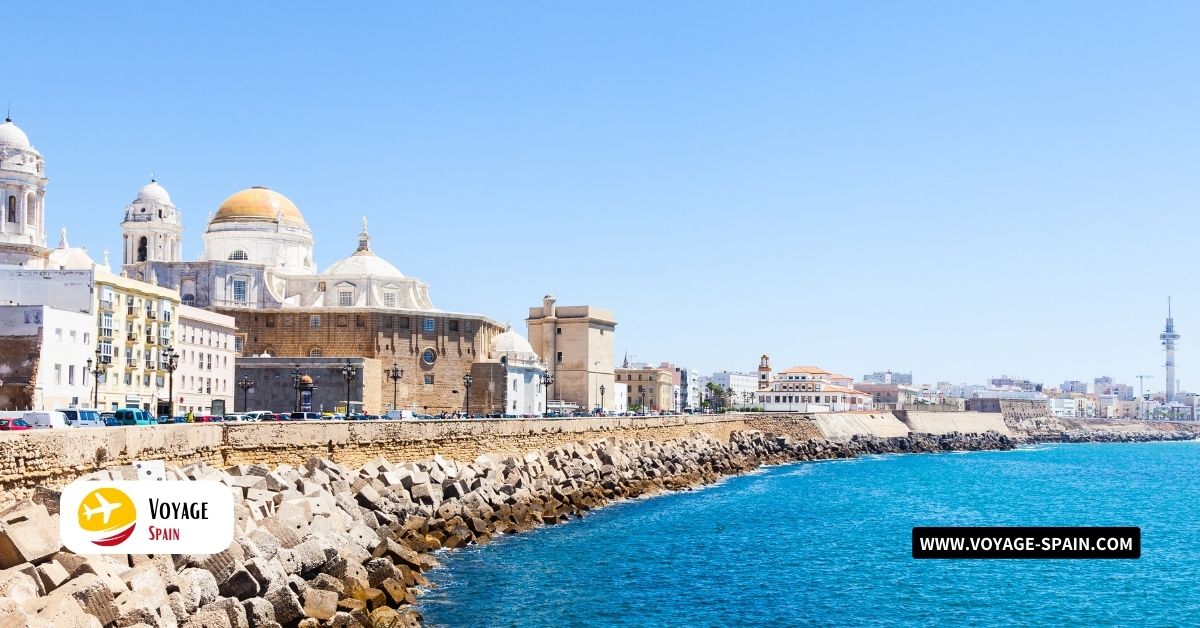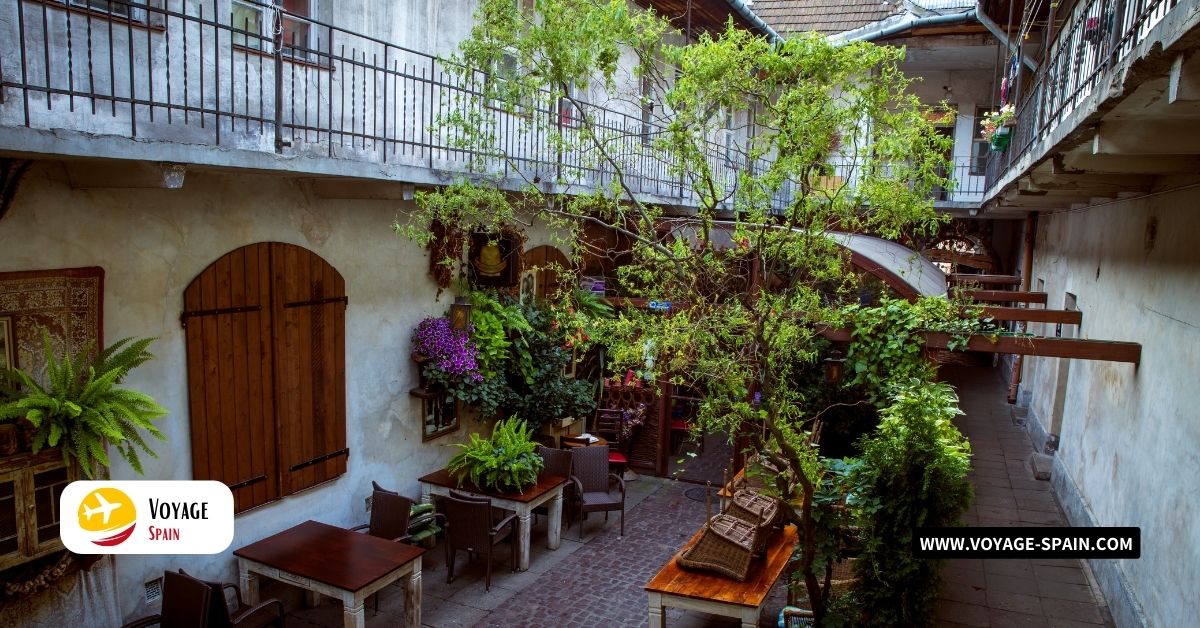Understanding Spanish Wine Regions
Spain is a hidden gem for those who appreciate the art of winemaking. Its roots run deep into history, tracing back to the days of the Roman Empire. In fact, Spain boasts the largest vineyard acreage in the world, and it’s home to some of the oldest wine-producing regions, where time-honored techniques meet modern innovation in perfect harmony.
Denominación de Origen, often abbreviated as DO. These designations are like the wine’s birth certificate. It indicates precisely where the grapes were grown and how the wine was produced. It’s all about terroir – the unique combination of soil, climate, and traditions that make each Spanish wine region distinctive.
At the top of the pyramid, you have the Denominación de Origen Calificada (DOCa), which is the highest level of recognition for quality and consistency. The next tier is the Denominación de Origen (DO), which covers a broad range of regions and offers superb wines. And then, there’s the Vinos de la Tierra (VdlT), followed by the humble Vino de Mesa.
Rioja – Spain’s Iconic Wine Region
Roja conjures images of rolling vineyards, centuries-old cellars, and glasses brimming with rich, ruby elixirs. Rioja has a history as old as time itself. Its unique characteristics have made it a beacon of Spanish winemaking.
Rioja is a land of diversity, where innovation and tradition dance hand in hand. This region is famed for producing both red and white wines, but it’s the reds that have earned the lion’s share of attention. The key grape varieties that reign supreme in Rioja’s vineyards are Tempranillo, Garnacha, and Mazuelo.
Tempranillo, in particular, is the star of the show, lending its bold, dark fruit flavors and elegant structure to Rioja’s red wines. The aging process in oak barrels, a Rioja hallmark, imparts a touch of vanilla and spice, creating wines of remarkable complexity and character.
Ribera del Duero – The Land of Tempranillo
While Rioja may steal the limelight, this region has been quietly perfecting its own brand of magic. It is centered around a grape that’s truly the heart and soul of Spanish wine making – Tempranillo. In Ribera del Duero, Tempranillo reigns supreme, giving birth to wines that speak of the land’s rugged beauty and centuries-old traditions.
When it comes to the Tempranillo grape, Ribera del Duero is its spiritual home. Known locally as Tinto Fino, this grape variety thrives in the region’s extreme climate. It’s this stark temperature difference that imparts a distinctive character to Ribera del Duero’s wines. The Tempranillo grape expresses itself here like nowhere else, weaving a tapestry of flavors that range from luscious black fruit to hints of leather and vanilla, courtesy of oak barrel aging.
Catalonia – The Heart of Cava and Priorat
Catalonia is a treasure trove for wine lovers, boasting a diverse range of wine regions that offer something for every palate. Two shining stars of this enchanting region are Cava and Priorat, each with its own unique story to tell.
Cava, often referred to as Spain’s answer to Champagne, is Catalonia’s bubbly pride. Produced primarily in the Penedès region, just south of Barcelona, Cava is a sparkling wine that’s synonymous with celebration. Made using the traditional method, similar to Champagne, Cava undergoes a labor-intensive process of secondary fermentation in the bottle, resulting in those effervescent bubbles that tickle the senses.
The significance of Cava extends beyond its delightful taste. It represents the festive spirit and joie de vivre that Catalonia is known for. Whether you’re toasting to a special occasion or simply enjoying life’s pleasures, Cava is the perfect companion.
Andalusia – Sherry and Beyond
Andalusia unfolds as a captivating wine region, brimming with diversity and a rich tapestry of flavors. While the region boasts a wide array of wines, one of its most famous exports is the world-renowned Sherry. Produced primarily in the Jerez de la Frontera area, Sherry is a wine style that has captivated palates for centuries.
Sherry is as much a reflection of Andalusia’s climate and terroir as it is an embodiment of its traditions. The production of Sherry involves a unique aging process known as the solera system. It’s where wines of different vintages are blended in a cascading manner, resulting in a complex and harmonious final product.
In the rolling hills of Montilla-Moriles, you’ll find the mesmerizing Pedro Ximénez grapes being transformed into the luscious dessert wines that bear the same name. Andalusia is also home to vibrant reds and whites, such as the earthy and full-bodied reds of Ronda or the crisp, aromatic whites of Condado de Huelva. Notable bodegas like Bodegas Lustau, renowned for its Sherry, and Bodegas Alvear, known for its Pedro Ximénez, open their doors to visitors eager to explore the region’s wine culture.
Galicia – Home to Albariño and Rías Baixas
Tucked away in the lush, green corner of northwestern Spain, among the country’s wine regions. It has a unique charm all its own, and it’s here that the Albariño grape reigns supreme. At the heart of Galicia’s wine scene lies Rías Baixas, a coastal paradise known for its crisp and refreshing Albariño wines.
Rías Baixas, which translates to “lower estuaries,” is a coastal haven where vineyards stretch their roots to the edge of the Atlantic Ocean. This proximity to the sea imparts a distinct maritime influence on the wines, resulting in Albariños that are bright, aromatic, and bursting with zesty citrus notes. The region is often divided into five sub-zones, each with its unique microclimates and terroir, giving rise to a diverse range of Albariño styles.
Exploring Other Emerging Wine Regions
Spain has a lot more to offer than its well-known wine regions like Rioja and Ribera del Duero. While these giants of the Spanish wine world rightfully claim the spotlight, there’s a growing buzz around some emerging wine regions that are capturing the hearts of both wine lovers and experts.
Bierzo
Nestled in the northwest corner of Spain, Bierzo is gaining recognition for its elegant and aromatic red wines made from the Mencía grape. Bierzo’s reds are perfect for those seeking a fresh and vibrant alternative to classic Spanish varietals.
Jumilla
These reds are known for their bold, fruity flavors and impressive aging potential. Jumilla offers a unique terroir that imparts a distinct character to its wines.
Canary Islands
Located off the northwest coast of Africa, the Canary Islands boast a wine culture that dates back to the 15th century. The volcanic soils, high altitudes, and coastal influences create a remarkable terroir for producing unique and intriguing wines.
Wine Tourism in Spain
Wine tourism in Spain has evolved into a thriving industry. It offers travelers a delightful blend of culture, history, and of course, exquisite wines. Spain’s wine regions beckon tourists with open arms. If you’re considering a wine-centric adventure in Spain, here are some tips to make the most of your journey:
- Plan Ahead: Spain boasts diverse wine landscapes. Whether you’re into the classic reds of Rioja or the sparkling delights of Cava in Catalonia, there’s a destination for you.
- Book Tours and Tastings: Many wineries offer guided tours and tastings, providing insights into their winemaking processes. Booking in advance ensures you secure a spot, especially during peak tourist seasons.
- Explore Wine Routes: Spain has established numerous wine routes (Rutas del Vino) that lead you through picturesque vineyards, charming villages, and wine museums.
- Accommodations: Look for winery accommodations or wine-themed hotels. Many vineyards offer charming guesthouses, allowing you to wake up to vineyard views and enjoy wine at your doorstep.
- Food and Wine Pairing: Spain’s cuisine is a perfect match for its wines. Seek out restaurants or bodegas that offer wine and food pairing experiences.
- Local Festivals: Check the local events calendar for wine festivals and harvest celebrations. These gatherings offer a vibrant experience of Spanish culture and wine traditions.
- Transportation: Consider hiring a driver or joining a wine tour group if you plan to indulge in multiple tastings.
- Cultural Exploration: Wine tourism is more than just wine. Explore the history, art, and traditions of the regions you visit.
- Wine Souvenirs: Don’t forget to bring home some wine souvenirs. They’ll serve as cherished mementos of your trip.
Conclusion
Spain’s rich wine culture is a treasure trove waiting to be explored by wine lovers worldwide. Whether you’re drawn to the elegance of Rioja’s Tempranillo, the zesty allure of Albariño in Rías Baixas, or the boldness of Monastrell in Jumilla, there’s a Spanish wine that speaks to your palate. Beyond the wines, Spain offers a tapestry of experiences – from wine tours through stunning vineyards to savoring delectable cuisine that perfectly complements the wines.
FAQs
Q1: What wine is from the Rioja region of Spain?
The Rioja region of Spain is known for producing Rioja wine, which can be red, white, or rosé. The red Rioja wines, primarily made from Tempranillo grapes, are the most famous.
Q2: What is the capital of the Rioja wine region?
The capital of the Rioja wine region is Logroño, which is also one of the prominent cities in the area.
Q3: How many wineries are in Ribera del Duero?
There are over 300 wineries in the Ribera del Duero wine region.
Q4: What is the largest city in Ribera del Duero?
The largest city in the Ribera del Duero wine region is Valladolid.
Q5: How far is Ribera del Duero from La Rioja?
Ribera del Duero is approximately 100 to 150 kilometers (62 to 93 miles) east of La Rioja, depending on the specific locations within each region.
Q6: How big is the Rioja wine region?
The Rioja wine region covers approximately 63,593 hectares (about 157,200 acres) of vineyards, making it one of the largest wine-producing regions in Spain.

